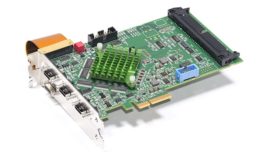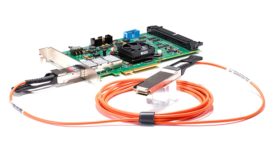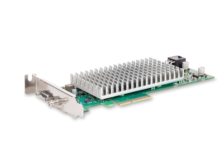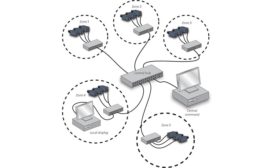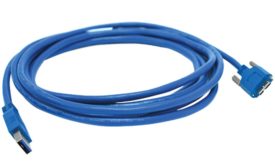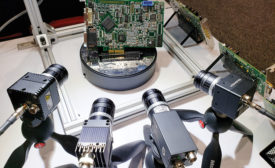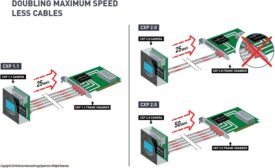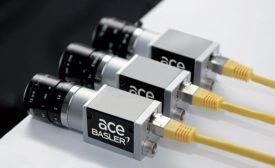Home » CoaXPress
Articles Tagged with ''CoaXPress''
Vision & Sensors | Standards
With so many interfaces available, why is Camera Link still viable?
Read More
Vision & Sensors | Standards
CoaXPress 2.1 Over Fiber Optic Cables is Faster and More Stable
CXPoF opens a new realm of opportunities.
July 20, 2023
Vision & Sensors | Interfaces
CoaXPress 2.0 – The Standard in Industrial Image Processing for Demanding Applications
The Newly Developed CoaXPress 2.0 Standard will Increase the Performance of Your Vision System With Twice the Data Rate.
July 6, 2021
Developments in Machine Vision Camera Interfaces
A number of data transfer hardware interfaces have been developed specifically for the machine vision sector over the years, including cameralink, GigE vision, USB3 vision, CoaXpress and Cameralink HS.
November 30, 2020
Interfaces for Machine Vision
Both consumer and dedicated interfaces are used across many machine vision applications.
May 5, 2020
Applying the CoaXPress Interface in Multi-Camera Machine Vision Systems
Multiple camera systems have been a fixture in machine vision for decades. What is new is the use of CXP.
January 1, 2020
Avoid Costly Missteps When Selecting a Machine Vision Interface—Now and in the Future
Selecting a machine vision interface represents a long-term investment and is always application-specific.
January 1, 2019
Stay in the know with Quality’s comprehensive coverage of
the manufacturing and metrology industries.
eNewsletter | Website | eMagazine
JOIN TODAY!Copyright ©2025. All Rights Reserved BNP Media.
Design, CMS, Hosting & Web Development :: ePublishing
